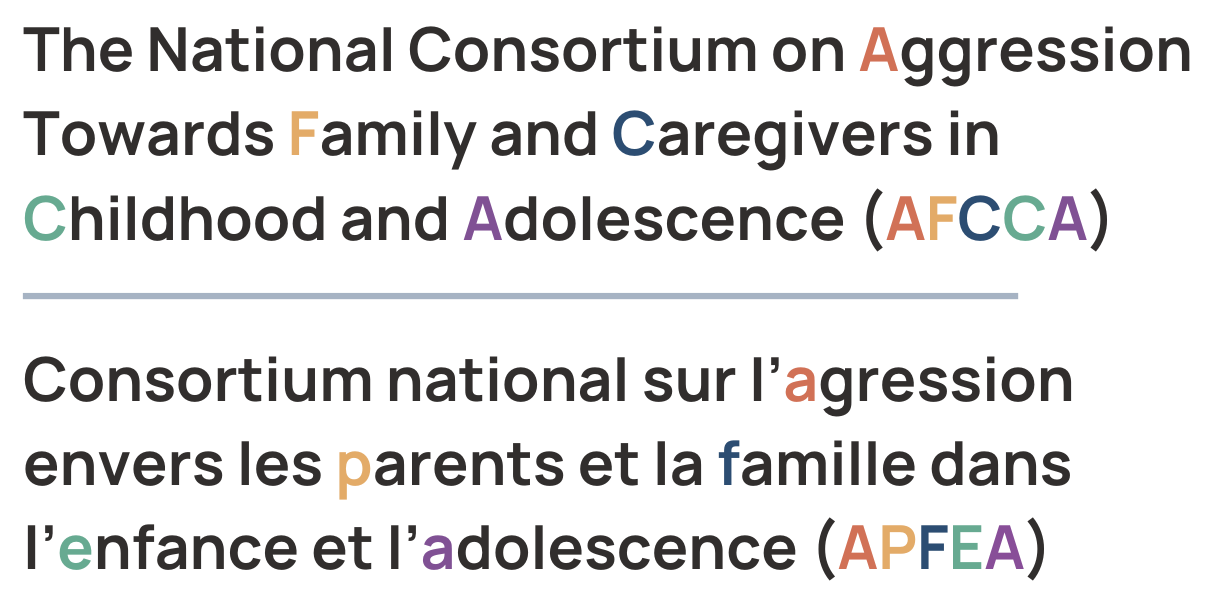
Individuals’ names have been changed in order to protect their privacy, or that of their child /adolescent.
sam & michelle’s story
Nine years ago, Sam and her husband became parents to a then-9 year old girl, Michelle. Prior to joining their family, their daughter suffered many adverse experiences and also lives with a developmental delay.
The first time she was admitted to hospital, Michelle was 12 and saying that she wanted to kill herself. Several months earlier she had disclosed that she’d been sexually assaulted while in foster care. Sam remembers the hospital staff saying they wanted to help Michelle. “That was the only time that people actually seemed to care, and demonstrated any sort of belief in us, and a belief that they could offer some support.”
Unfortunately Sam reports other experiences where their local hospital wouldn’t engage with them or Michelle at all. At a particularly difficult time, she and her husband were forced to make a decision that if Michelle became escalated or dysregulated again, their goal would be to drive to another hospital that they understood had a good children’s mental health practice.
“So, my husband, he sat in the driver’s seat. I sat in the middle backseat, and my daughter was beside me to my right, and my job was to take the blows as he drove as fast as he could to get to the hospital. Michelle is physically strong, so when she is dysregulated it can be very scary.”
Reflecting on the barriers to getting help for Michelle, Sam highlights “…a lack of understanding of what developmental trauma looks like, a lack of understanding that my husband and I lived in an abusive relationship with our teenager. My husband was told by multiple people ‘buck-up, why are you letting your little girl beat you up?’. He’s not letting her beat him up, he’s preventing her from attacking me.”
Sam has also been struck by the lack of coordination with social services. She further reports, “…there was a lot of time where people seemed to only say ‘it’s not my problem, it’s not my responsibility, I’m not accountable for doing this’. I asked multiple people ‘who’s in charge, who’s responsible, what ministry, what organization, what person is accountable for keeping my child safe from herself?’ and no one could say.
No one was willing to raise their hand, to say I can help you with that.”
As an adoptive parent, Sam faced additional hurt and perceived blame, and harmful lack of understanding from professionals when seeking help for her daughter. “We were told multiple times by crisis workers, ‘well why don’t you give her back?’ ‘She’s not your real kid’. Or from the police, ’why don’t you just return her”.
Over time, the family developed a team that includes case management, behavior support, social work, and a group home team. They have worked with both the youth and adult justice systems, including mental health diversion programs such as the Developmental Services Ontario dual diagnosis diversion program. According to Sam, they are “cautiously optimistic that we are “good right now”.
Michelle currently is the only resident in a house that is staff ed 24/7. Sam states that “it took a lot of advocacy, a lot of me yelling when my voice wasn’t being heard”.
“I need them to listen to me because I am the expert in my daughter. I have read all of her reports, but I also have that lived experience with her, and I’m going to tell you that this is what works, and these are things that have not worked in the past. So before you introduce another sticker chart, let me tell you about the 17 sticker charts that we have done in the past.”
“There’s the justice system, and then there’s police, and they have different information there. And then there’s the hospital outpatient versus the ER versus the family doctors and they don’t communicate. Social services, they don’t communicate, and no one’s communicating with all of those groups.”
In her experience, parents are not being treated as partners in the process.
“I need them to listen to me because I am the expert in my daughter. I have read all of her reports, but I also have that lived experience with her, and I’m going to tell you that this is what works, and these are things that have not worked in the past. So before you introduce another sticker chart, let me tell you about the 17 sticker charts that we have done in the past.”
Once the professionals involved in Michelle’s care acknowledged and appreciated that her parents were very informed in how to best keep their daughter stable, things improved. Sam was able to give context that helped the team narrow in on what might work and what would not work. “We are non-traditional caregivers. I am her mom, but I have not consistently shared a postal code with her since January 2016”.
“When we first adopted, we committed to help her be the happiest and healthiest and safest and the most successful Michelle that she can and wants to be. And we have done that, it’s just she lives in a different part of the province than us”.



